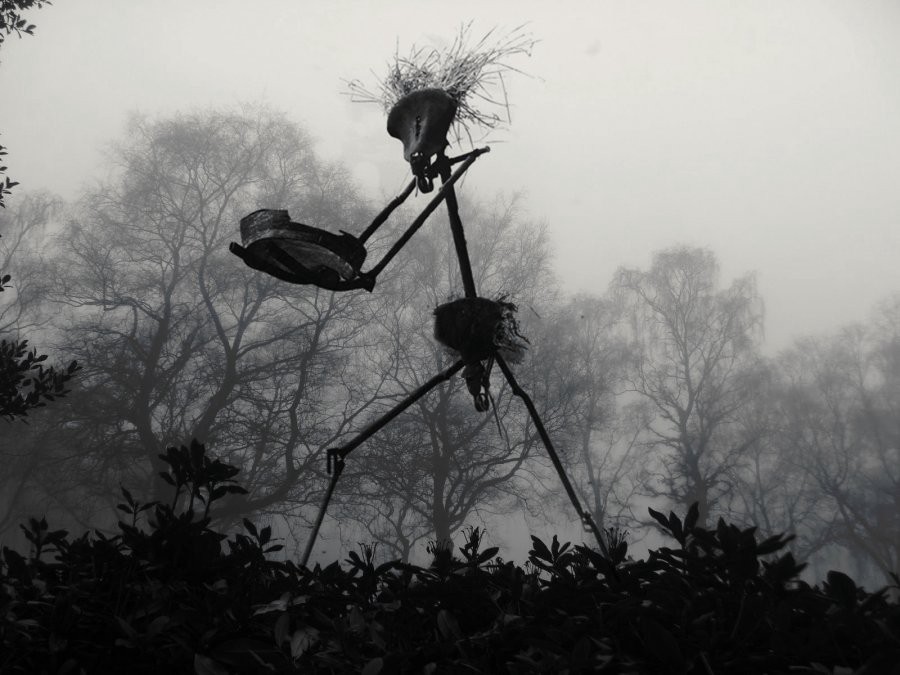The folk stories of the kratt reach deep down into the recesses of a not particularly profound idea—how can we get work done when we ourselves don't want to get up and do it? If this was the origin of AI, then it certainly doesn't sound as noble as how Ott Velsberg, Chief Data Officer of the Estonian government, describes machine learning. In an interview with Sifted, he stated, “We are not getting rid of people, but enhancing what they can do.”
Tallinna Linnateater (Tallinn City Theatre) describes the way that one would have had to create a kratt if they wanted one. Build it with whatever materials you have lying around. Maybe some old shovels and a bike wheel. Some kratid would be made of hay, so they could be disposed of more easily. In essence, you had to build something that has the ability to move and do tasks. Go to a crossroads on a Thursday night when there is a full moon and whistle three times. The Devil would supposedly appear, and by donating your soul and three drops of your blood, the kratt would be given a soul of its own.
They would do your bidding, whether that was reaping or threshing grain or stealing something. Who knows if guitar-playing virtuosity was ever offered as an option in this devilish ritual, as we were told by blues musician Robert Johnson.
Getting rid of a kratt was achieved by assigning it an impossible task; one that would take so long to complete that the being would blow up in frustration and confusion. If you weren't successful in destroying the kratt, however, you could put yourself at risk of the kratt trying to destroy you, your home, and your possessions.
This legend shows us how the idea of reducing work has evolved to where it is now. We wished technology would do everything for us at first. Then, as in manufacturing, technology began to reduce labour costs. This wasn't always received so well, as shown by the 1811 rebellion of the Luddites in England. Work gives us purpose, and attempts to augment work had to be tempered with the understanding, once again, that technology would make work easier.
Telling the story of kratid has been connected to events of misfortune and tragedy. Ballerina injuries inhibited the first production of Eduard Tubin's ballet, Kratt, before its world premiere. During the sixth performance of the ballet at the Estonia Theatre, on the night of Thursday March 9th, 1944 (a full moon), bombs began to fall on Tallinn. The city was completely devastated, and the theatre was on fire.
That is not to say that telling this story caused horrible things to happen. Rather, it is one legend that is culturally enduring despite its associations. Why?
It's possible that boredom or fatigue fuel the legend. The concept of an object doing work for us is enticing to those who are tired, no matter the consequences. Something so troubling is an antidote to banality, just like high fantasy and science fiction literature make us look to the future with renewed curiosity.
FYI: the next full moon on a Thursday will be January 28th, 2021, in case you're feeling overwhelmed by your to-do list.
Written by Vincent Teetsov, Toronto




